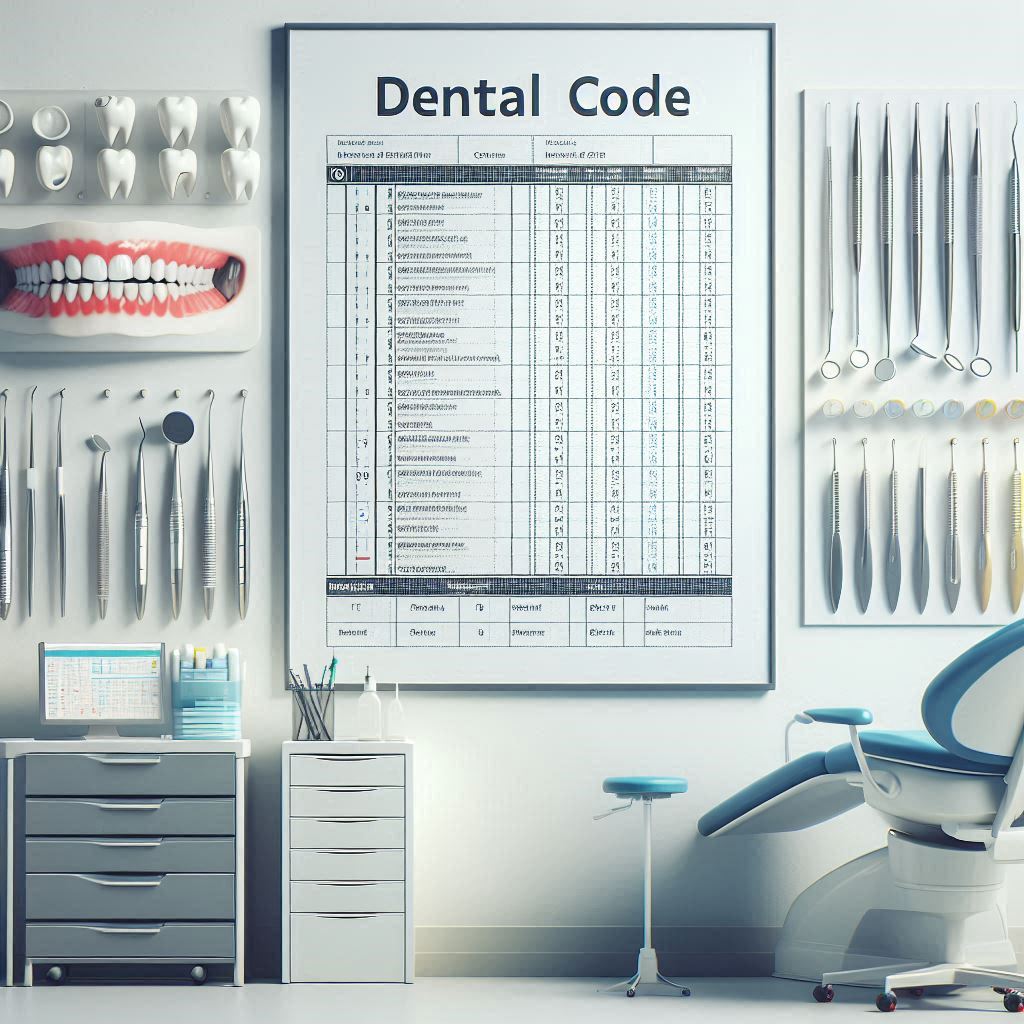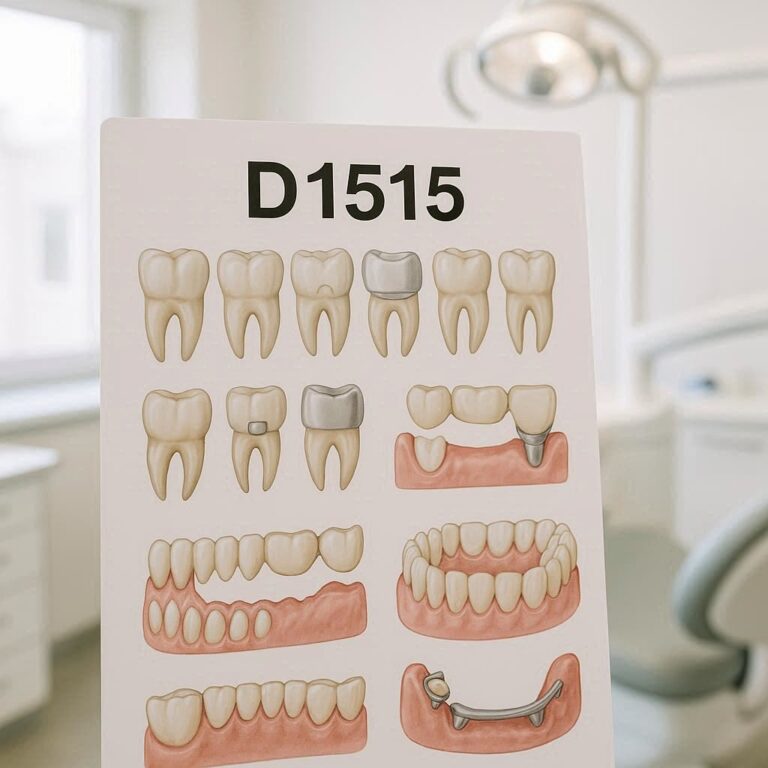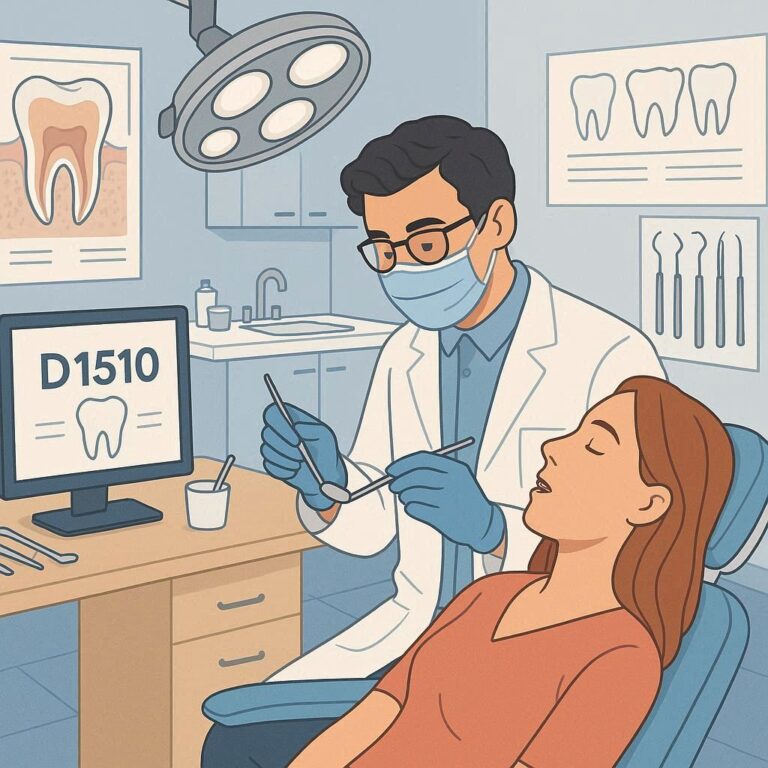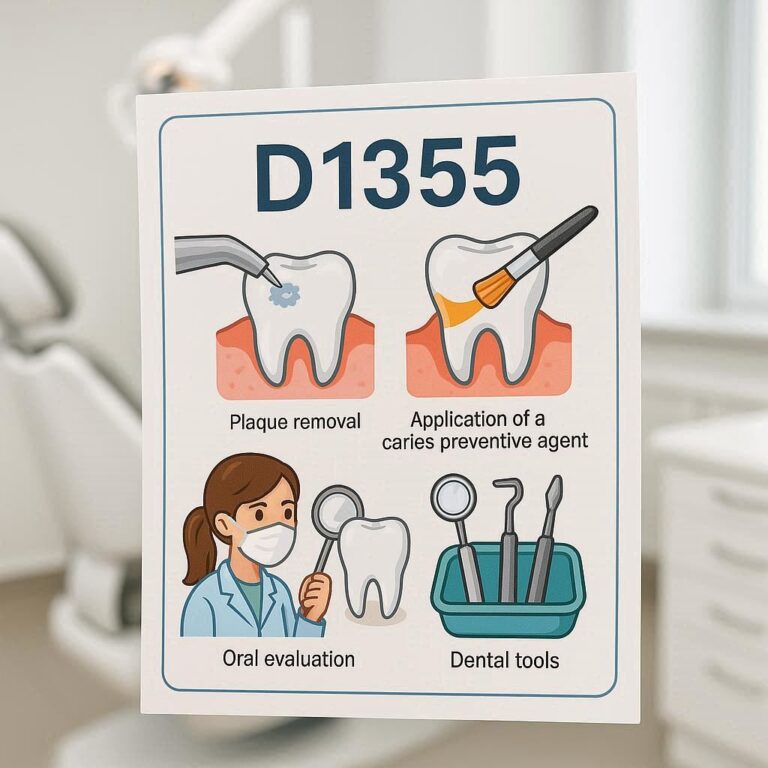Dental Code Retention
Dental code retention is a critical aspect of dental practice management that ensures accurate record-keeping, compliance with legal requirements, and efficient billing processes. Dental codes, such as those from the Current Dental Terminology (CDT) manual, are used to document procedures, treatments, and services provided to patients. Proper retention of these codes is essential for maintaining patient records, facilitating insurance claims, and avoiding legal disputes.
This article delves into the intricacies of dental code retention, providing detailed guidelines, charts, and policies to help dental practices streamline their processes. Whether you’re a dentist, office manager, or billing specialist, this guide will equip you with the knowledge and tools to manage dental codes effectively.

2. Dental Code Retention Guidelines
Dental code retention involves maintaining accurate and organized records of all procedures performed in a dental practice. These guidelines ensure compliance with legal and regulatory standards while optimizing practice efficiency.
Key Guidelines:
- Accurate Documentation: Ensure that all procedures are documented using the correct CDT codes.
- Consistent Record-Keeping: Maintain a standardized system for recording and storing dental codes.
- Retention Period: Adhere to the recommended retention period for dental records, typically 7-10 years, depending on state regulations.
- Confidentiality: Protect patient information by implementing secure storage solutions.
- Regular Audits: Conduct periodic audits to verify the accuracy and completeness of dental code records.
3. Dental Code Retention Chart
A dental code retention chart serves as a visual reference for organizing and retaining dental codes. Below is an example of a retention chart:
| Procedure | CDT Code | Retention Period | Notes |
|---|---|---|---|
| Oral Evaluation | D0120 | 7 years | Includes new and established patients |
| Prophylaxis | D1110 | 7 years | Adult cleaning |
| Amalgam Restoration | D2140 | 10 years | One surface, primary or permanent |
| Root Canal Therapy | D3310 | 10 years | Anterior tooth |
| Crown Placement | D2750 | 10 years | Porcelain fused to metal |
This chart can be customized based on the specific needs of your practice.
4. Dental Codes for Common Procedures
Understanding dental codes is essential for accurate documentation and billing. Below are some commonly used CDT codes:
- D0120: Periodic oral evaluation
- D1110: Adult prophylaxis (cleaning)
- D2140: Amalgam restoration (one surface)
- D2750: Crown – porcelain fused to metal
- D4341: Periodontal scaling and root planing (per quadrant)
- D7210: Extraction of a tooth
Each code corresponds to a specific procedure, ensuring clarity and consistency in dental records.
5. Dental Code Retention Schedule
A dental code retention schedule outlines the timeline for retaining different types of records. Here’s a sample schedule:
| Record Type | Retention Period | Reason |
|---|---|---|
| Patient Treatment Records | 7-10 years | Legal and regulatory compliance |
| Insurance Claims | 5-7 years | Billing and reimbursement purposes |
| Financial Records | 7 years | Tax and audit purposes |
| Radiographs | 5-7 years | Diagnostic and legal purposes |
6. Dental Code Retention Policy
A well-defined dental code retention policy ensures consistency and compliance across the practice. Key components of the policy include:
- Purpose: Define the importance of dental code retention.
- Scope: Specify which records are covered by the policy.
- Responsibilities: Assign roles for maintaining and auditing records.
- Retention Periods: Outline the duration for retaining different types of records.
- Disposal Procedures: Describe secure methods for disposing of expired records.
7. Importance of Dental Code Retention in Practice Management
Dental code retention plays a vital role in practice management by:
- Ensuring accurate billing and insurance claims.
- Facilitating audits and legal compliance.
- Enhancing patient care through organized records.
- Reducing the risk of errors and disputes.
8. Challenges in Dental Code Retention
Despite its importance, dental code retention can present challenges, such as:
- Complexity of Codes: Keeping up with frequent updates to CDT codes.
- Storage Limitations: Managing physical and digital storage space.
- Data Security: Protecting sensitive patient information from breaches.
- Staff Training: Ensuring all team members are knowledgeable about retention policies.
9. Best Practices for Maintaining Dental Code Records
To overcome these challenges, consider the following best practices:
- Use Dental Software: Invest in practice management software with built-in code retention features.
- Train Staff: Provide regular training on CDT codes and retention policies.
- Conduct Audits: Perform routine audits to identify and address discrepancies.
- Backup Data: Implement secure backup solutions for digital records.
10. Tools and Software for Dental Code Retention
Modern dental practices can leverage technology to streamline code retention. Popular tools include:
- Dentrix: A comprehensive practice management software.
- Open Dental: An open-source solution for dental offices.
- Eaglesoft: A user-friendly software with robust record-keeping features.
11. Legal and Regulatory Considerations
Dental practices must comply with federal and state regulations, such as HIPAA, which governs the privacy and security of patient records. Failure to comply can result in penalties and legal consequences.
12. Conclusion
Dental code retention is a cornerstone of effective practice management, ensuring compliance, accuracy, and efficiency. By following the guidelines, policies, and best practices outlined in this article, dental practices can optimize their record-keeping processes and provide better care to their patients.
13. FAQs
Q1: How long should dental records be retained?
A: Dental records should typically be retained for 7-10 years, depending on state regulations.
Q2: What are CDT codes?
A: CDT codes are standardized codes used to document dental procedures and services.
Q3: How can I ensure the security of dental records?
A: Implement secure storage solutions, conduct regular audits, and train staff on data protection protocols.
14. Additional Resources
- American Dental Association (ADA): www.ada.org
- Current Dental Terminology (CDT) Manual: Available for purchase on the ADA website.
- HIPAA Compliance Guide: www.hhs.gov/hipaa


